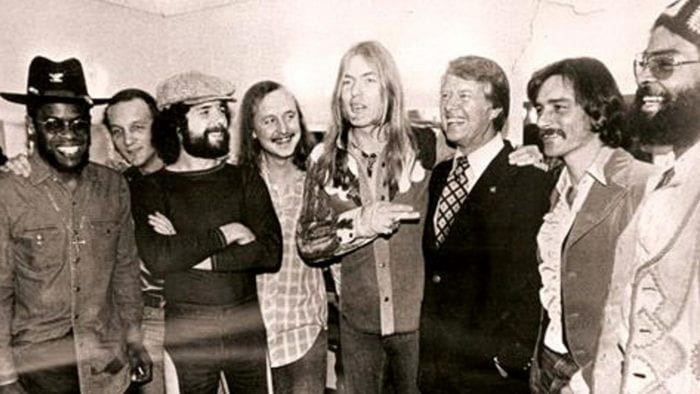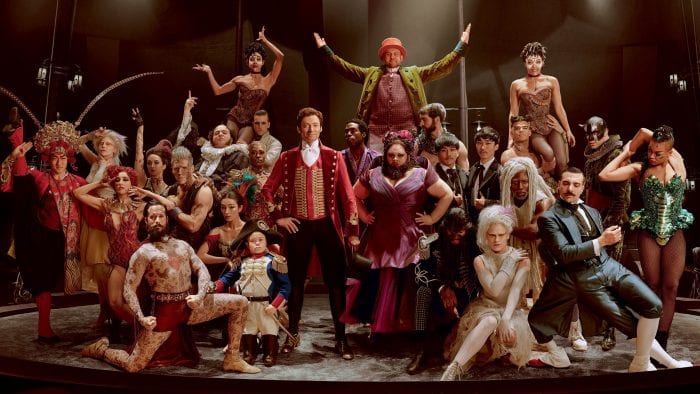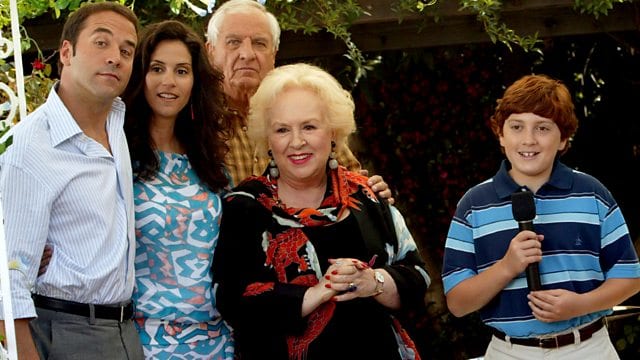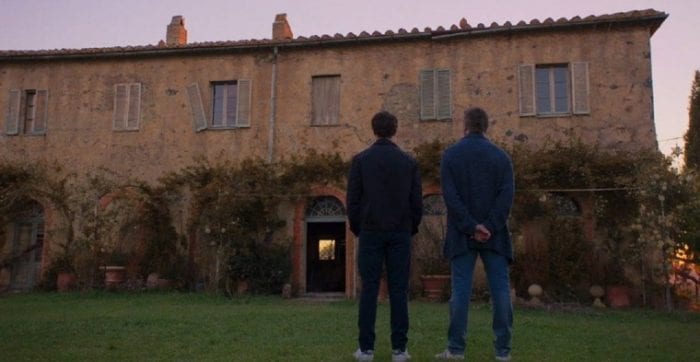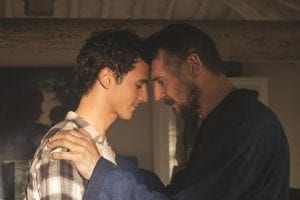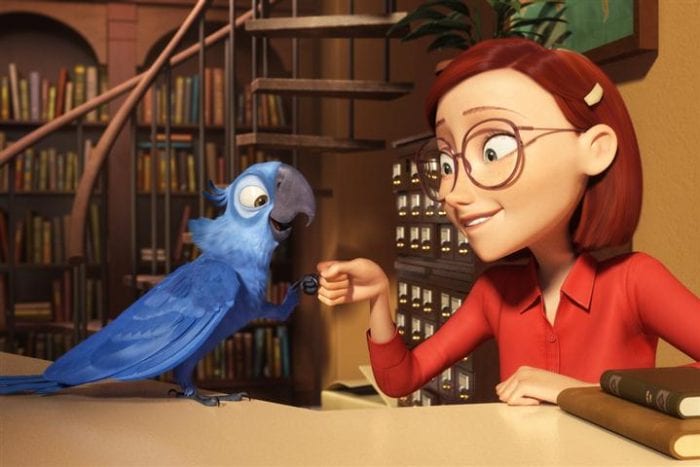Reviewed By Jeffrey Sanzel
The new Netflix documentary Rising Phoenix is a poignantly heartfelt and honest look at the Paralympics. But, first and last, is about athletes. They face challenges that are sometimes unfathomable, but their goals and their drive are a tribute to the passion for success and the will of the human spirit. There is no better or more powerful example of turning negatives into positives.
The Paralympic games are populated by a range of differently-able athletes, and they have grown to be the third largest sporting event in the world, drawing thousands of participants from over one hundred countries. Prince Harry, who founded the wounded warrior Invictus Games, observes that you are watching something “you’ve been taught is impossible.”
Focusing on nine athletes from seven different countries, this is an exceptional film. The documentary alternates between interviews with the athletes, footage of them competing, and archival clips of them throughout their lives. It is some of the latter shots that stay with the viewer as they often trace the athletes from infancy and childhood through the present day, offering a glimpse into their incredible paths.
In addition, three past and present members of the International Paralympic Committee —Andrew Parsons, Sir Philip Craven, and Xavier Gonzalez — give insight into the difficulties and challenges of organization and funding, most notably with the Rio Olympics of 2016.
Throughout, the history of the Paralympics is introduced in short spurts, much through interviews with its founder’s daughter, Eva Loeffler. The seed for the games was sown by Loeffler’s father Dr. Ludwig Guttmann, a German-Jewish refugee, who brought his family to England in 1939. Guttmann, a neurosurgeon, began treating soldiers with spinal injuries. Their plight and his work with them inspired him to create a sports competition at the Stoke Mandeville Hospital.
The first, with sixteen participants, was held to coincide with the 1948 Olympics; the second was held in 1952. It was the latter that welcomed the first international competitors, with the addition of Dutch and Israeli veterans. It was these Stoke Mandeville Games that were the precursor of the first official Paralympic Games, held in Rome in 1960. From then on, the games grew in size and fame. Since 1988, the Paralympics have almost always been held immediately following the Olympics.
Rising Phoenix does not explain in detail the structure of the event nor does it detail the breakdown of categories. (Because of the wide variety of disabilities that Paralympic athletes have, there are actually ten eligible impairment types.) Instead, the creators wisely focus on individual athletes with a variety of backgrounds and challenges.
The title of the film is taken from Bebe Vio, a young Italian athlete who competes in wheelchair fencing. Already a successful competitor, she was struck with meningitis at age eleven which caused the necessity of the amputation of both her arms and legs. But, like the phoenix, she rose again and returned to her passion. Her moments on camera are some of the most vivid; her drive and enthusiasm are mesmerizing. She is fully present, practically leaping off the screen.
Each narrative is unique but the bond that connects them is the will to play and to play to win.
Tatyana McFadden was born in St. Petersburg, Russia, afflicted with spina bifida, paralyzed from the waist down. The earliest part of her life was in Orphanage Number 13. She had no wheelchair and had to scoot across the floor. In 1993, at age six, she was adopted by an American family. With unflagging parental support, she was encouraged to pursue her athletic passions. She and her family sued for the right to participate in high school sports. The winning of the case ushered in the Sports and Fitness Equity Law.
McFadden has dozens of awards and holds multiple world records — a fact brought in during an interview clip from the Ellen DeGeneres show. At a Winter Paralympics, we see her reunited with her birth mother. (It should be noted, that McFadden is also one of the producers of Rising Phoenix.)
Great Britain’s Jonnie Peacock is shown beating the famous and now infamous Oscar Pistorius in the 100 meter. Australian swimmer Ellie Cole lost her leg to cancer at age ten but is one of the top swimmers in this world competition. Matt Stutzman, of the U.S., is an archer born without arms; he tells the story of his adoption and the love of his siblings. Cui Zhe, a Chinese powerlifter, speaks of the improved attitude towards the disabled since the Beijing 2008 Olympics and subsequent Paralympics.
Because of a wealth of pictures and family video, we get a real portrait into the arc of Australian Ryley Batt’s journey. Born missing both legs and several fingers, it was the love of his grandfather and the man’s belief in him that gave him the support that he needed. A fierce player and a self-described adrenaline junkie, he had many highs and lows but has risen through the ranks of wheelchair rugby — appropriately nicknamed “murderball.”
Ntando Mahlangu, of South Africa, speaks of the shame of a family having a disabled child. The Cheetah blades on which he runs enabled him to look people in the eye after twenty years in a wheelchair. These prosthetics have given him the freedom and joy of movement.
Possibly the most gut-wrenching story belongs to Jean-Baptiste Alaize. At three years old, Alaize’s leg was cut-off with a machete during the Burundian Civil War; he then watched the murder of his mother. He spent the next number of years in an orphanage before being adopted by a French family. For him, running has been part of his escape. “Falling and getting back up again is life.” The film captures his pain but also his surviving courage.
The film builds up to the 2016 Rio de Janeiro Paralympics that almost didn’t happen. Due to financial mismanagement, the Brazilian Olympic committee had used money designated for the Paralympics towards the Olympics themselves. Just weeks before, there was the danger of cancellation. The film’s telling of this is done with the fluidity and tension of a thriller. Fortunately, through last-minute machinations, the event went forward.
Directors Ian Bonhôte and Peter Ettedgui and cinematographer Will Pugh have done flawless work creating a tapestry of rich and diverse stories with a unified theme: Giving up is never an option.
The use of slow-motion and replay along with Greco-statues of the nine participants further elevate this from a traditional documentary. They don’t ignore the darker aspects — the often lack of respect or inclusion — but they celebrate all that is wonderful. They honor the hundreds and often thousands of hours of training, of winning and losing, and of making what seems impossible is possible. The viewer can’t help but be drawn in and deeply, deeply moved by this cinematic achievement.
As Jean-Baptiste Alaize states: “My disability is my strength.” Rising Phoenix more than just pays tribute to an important world event. It shares the faces and the voices of people who truly understand the intersection of diversity and excellence.
Rated PG-13, Rising Phoenix is now streaming on Netflix.




